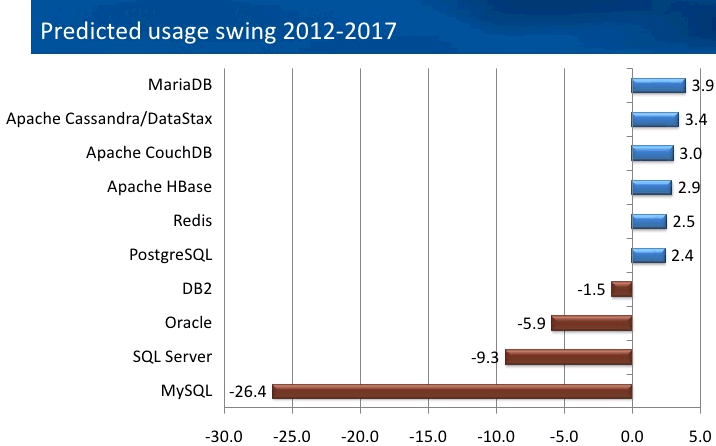
We found that, overall, the performance/cost difference between cloud providers quite substantially favored Google, although as before with the exception only of Startup-4 plans: Performance value was calculated as an average of millions of transactions per second per dollar or (mTPS/$) for each cloud provider. Transactions Per Second: Aiven Startup-32 plansĪiven startup-32 plan tests consisted of the following configurations:įinally, on Aiven’s largest startup plan, the performance gap between the clouds narrowed slightly to 42.73% (with GCP at 3802 and AWS at 2177 TPS). Here, the performance gap between GCP and AWS widened to 45.72% ( GCP’s 1881 vs.

Here, the -scale parameter was adjusted to accommodate each plan in this case, the DB size was roughly double the size of RAM, with the possible values of 125, 500, 2000, and 4000. ``$$ pgbench -initialize -scale=125 -quiet keepalives='1' keepalives_count='12' keepalives_idle='180' keepalives_interval='10' sslmode='require'``` The PG instances under test were initialized as follows (shown here without connection parameters):
#Benchmark postgresql vs mysql generator
The load generator had 4 cores and 4GB RAM for the other plans.Īs in a production PG setup, the local SSDs running PG used LUKS full-disk encryption with WAL archiving enabled.The load generator had only 2 cores and 2GB RAM when tests ran Aiven startup-4 or startup-8 plans,.

Possible values are 2, 4, 8, 16, for each of the four startup plans, respectively. In this case the -client switch was the variable adjusted geometrically to correspond to the startup plan under test. ``$$ pgbench -client= -jobs=2 -report-latencies -time=3600 -log -aggregate-interval=1 keepalives='1' keepalives_count='12' keepalives_idle='180' keepalives_interval='10' sslmode='require'```

The load generator commands for each plan were as follows: We generated load using pgbench, which we ran on another VM in the same cloud. We not only measured the performance in terms of speed and cost variations across the two clouds, but also examined the effects of adding CPUs while adjusting RAM and storage upward to write performance. In this latest post, we’ll consider four different benchmarks that compare write performance for PostgreSQL 12.1 between Amazon Web Services (AWS) and Google Cloud Platform (GCP). Check out the updated article for 2021: Aiven for PostgreSQL 13 performance on GCP, AWS and AzureĪt Aiven, we’ve run different PostgreSQL cloud performance benchmarks since 2016.


 0 kommentar(er)
0 kommentar(er)
